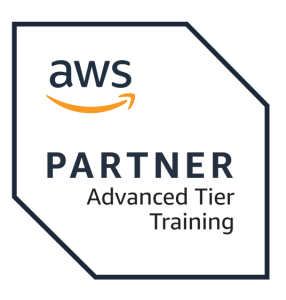This course covers all aspects of how to architect for the cloud over four-and-a-half-days. It covers topics from Architecting on AWS and Advanced Architecting on AWS to offer an immersive course in cloud architecture. You will learn how to design cloud architectures, starting small and working to large-scale enterprise level designs—and everything in between. Starting with the Well-Architected Framework, you will learn important architecting information for AWS services including: compute, storage, database, networking, security, monitoring, automation, optimization, benefits of de-coupling applications and serverless, building for resilience, and understanding costs.
Apart from public, instructor-led classes, we also offer private in-house trainings for organizations based on their needs. Call us at +852 2116 3328 or email us at [email protected] for more details.

In this course, you will learn how to:
We recommend that attendees of this course have:
This course is intended for:
This course will be delivered through a mix of:
This course will cover the following concepts:
Day 1
Module 1: Introduction
Module 2: The Simplest Architectures
Module 3: Adding a Compute Layer
Module 4: Adding a Database Layer
Module 5: Networking in AWS Part 1
Day 2
Module 6: Networking in AWS Part 2
Module 7: AWS Identity and Access Management (IAM)
Module 8: Organizations
Module 9: Elasticity, High Availability, and Monitoring
Module 10: Automation
Day 3
Module 11: Deployment Methods
Module 12: Caching
Module 13: Security of Your Data
Module 14: Building Decoupled Architecture
Module 15: Optimizations and Review
Day 4
Module 16: Microservices
Module 17: Serverless
Module 18: Building for Resilience
Module 19: Networking in AWS Part 3
Module 20: Understanding Costs
Day 5
Module 21: Migration Strategies
Module 22: RTO/RPO and Backup Recovery Setup
Module 23: Final Review
AWS Certified Solutions Architect – Professional